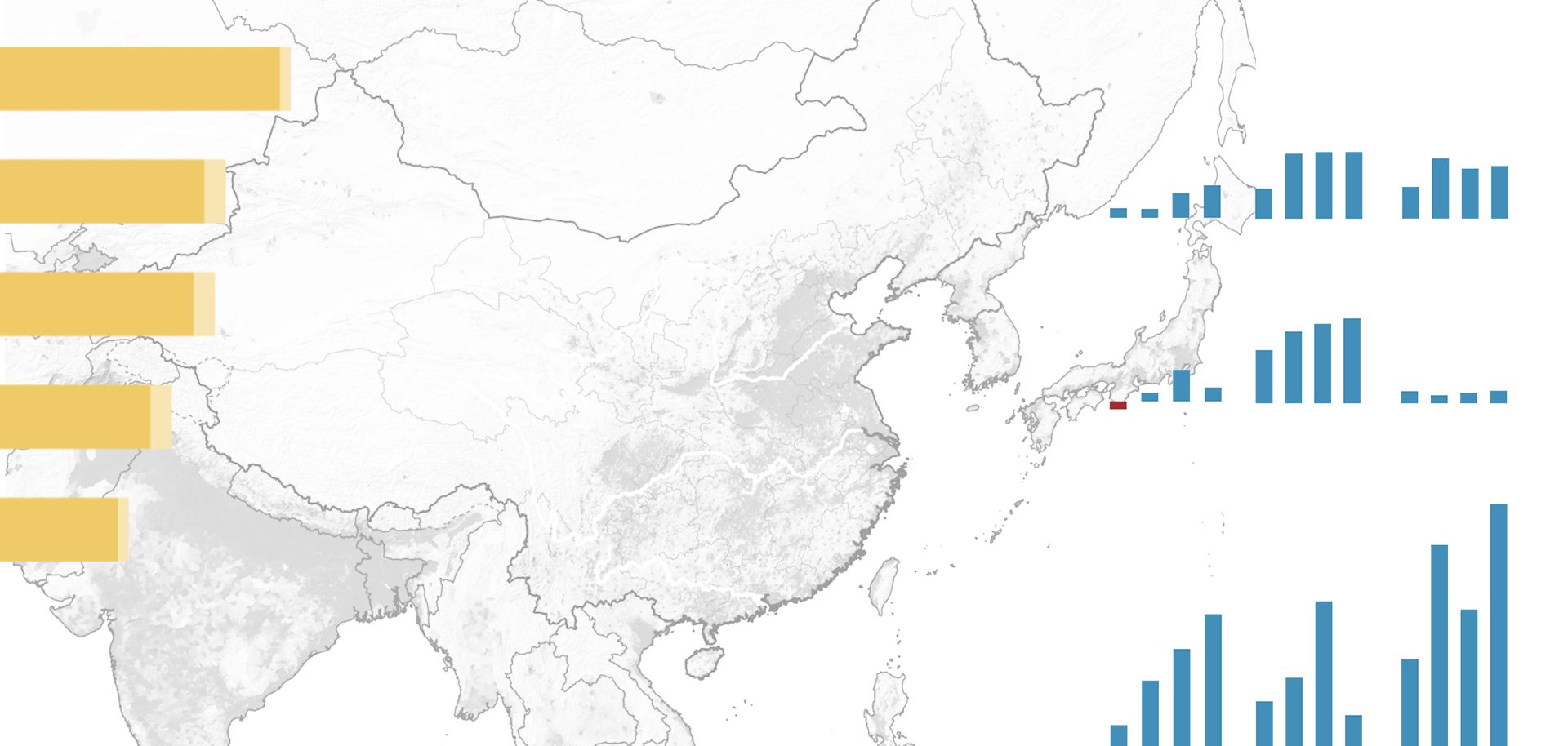
For months the European Central Bank (ECB) and members of the eurozone have been discussing options for purchasing debt from countries in the eurozone — a mechanism known as quantitative easing. The move is controversial, and the ECB has been struggling to reach a consensus on what exactly the program should entail. In recent weeks, the bank has explored three options: full quantitative easing (purchasing debt from all eurozone members); delegating the purchase of sovereign bonds to the central banks of each country; and only buying debt from AAA-rated countries.
Each option is controversial for different reasons. Germany opposes buying sovereign bonds from all eurozone members because it does not want the ECB to take on the risks of peripheral states. Letting national central banks purchase debt — and carry the risk — would be safer, but this would also send a strong political message against European integration. Finally, purchasing debt from the countries with the highest credit rating would leave the peripheral bonds unsupported, potentially causing the market to desert them and allowing their yields to rise again.
The ECB will hold its monthly meeting Jan. 21-22, which could end with a vote on the issue of quantitative easing. Under current voting rules, 21 people will have voting rights: the six members of the ECB board (who have permanent voting rights) and 15 of the 19 governors of eurozone central banks (according to the ECB's rotation system). The ECB traditionally makes its decisions by consensus, but there could be a formal vote if members fail to reach an agreement.



